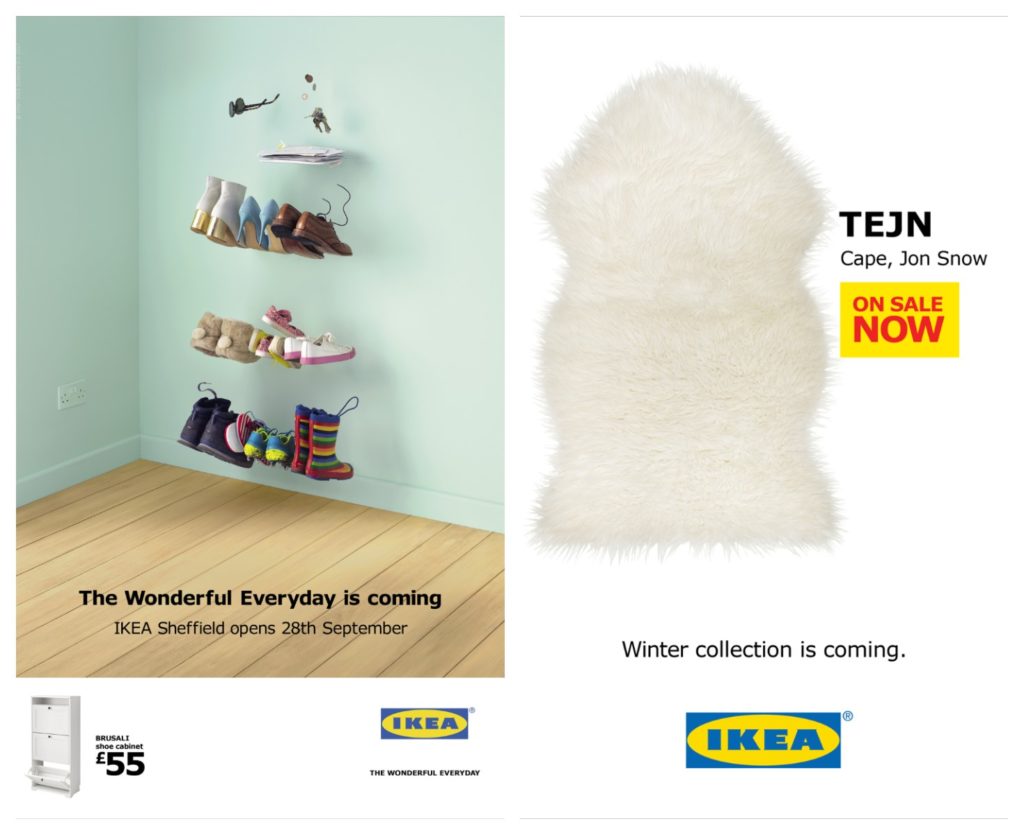Branding is the science of making appealing promises and the art of delivering them.
Ever since the inception of advertising, companies and brands have been trying to connect with the audience through a variety of methods and strategies that can be basically classified as Rational and Emotional. One aim, different approaches.
It has been proven that your brain has hard-wired emotional responses in it and, therefore, emotions play a big role in how you react to everything. Every ad, including the most rational one, will elicit an emotional response.
However, in a completely saturated market, where emotional messages flood every single LED screen or smartphone, advertising agencies have found ways to create interesting messages which address the most important questions like “Why do I need this product?” or “How is this product different to the other one?”.
In the world of marketing, emotional driven advertising has always been referred to as the concept of laddering. Where customers are slowly engaged in emotional communication, through specific branding strategies designed in such a way so that they are able to connect with the brand. By contrast, rational branding involves reason or logic and is associated with the concept of vaulting. A branding strategy that involves considering the benefits of a product and highlights the reasons for picking a product. Upon stating a blatant and hard-hitting fact, the customer feels not so much emotionally connected but engaged in a rational looping conversation with himself on why that fact matters. This being the right time to softly strengthen the importance of that fact and make the customer realize that choosing your product is the smart thing to do.
This is not to say that emotional branding is not the king anymore. Without a doubt it remains that driving force behind many of the top brands worldwide. And, especially as a new brand, you have to really ponder on the efficiency of your campaigns, making sure that they are also emotionally driven.
Is it really possible to beat the top dogs at their own game? Chances are you’re already behind in that fight. So, instead of trying to copy and reproduce a fraction of the desired result, why not take a leap and do the unfashionable? You might attract exactly the customers you need.
As an exercise of understanding what type of branding fits your products, compare the images below that showcase two opposing messages, rational and emotional, from the same brand. Ask yourself which product are you more inclined to purchase. Maybe that is the solution to your dilemma.


